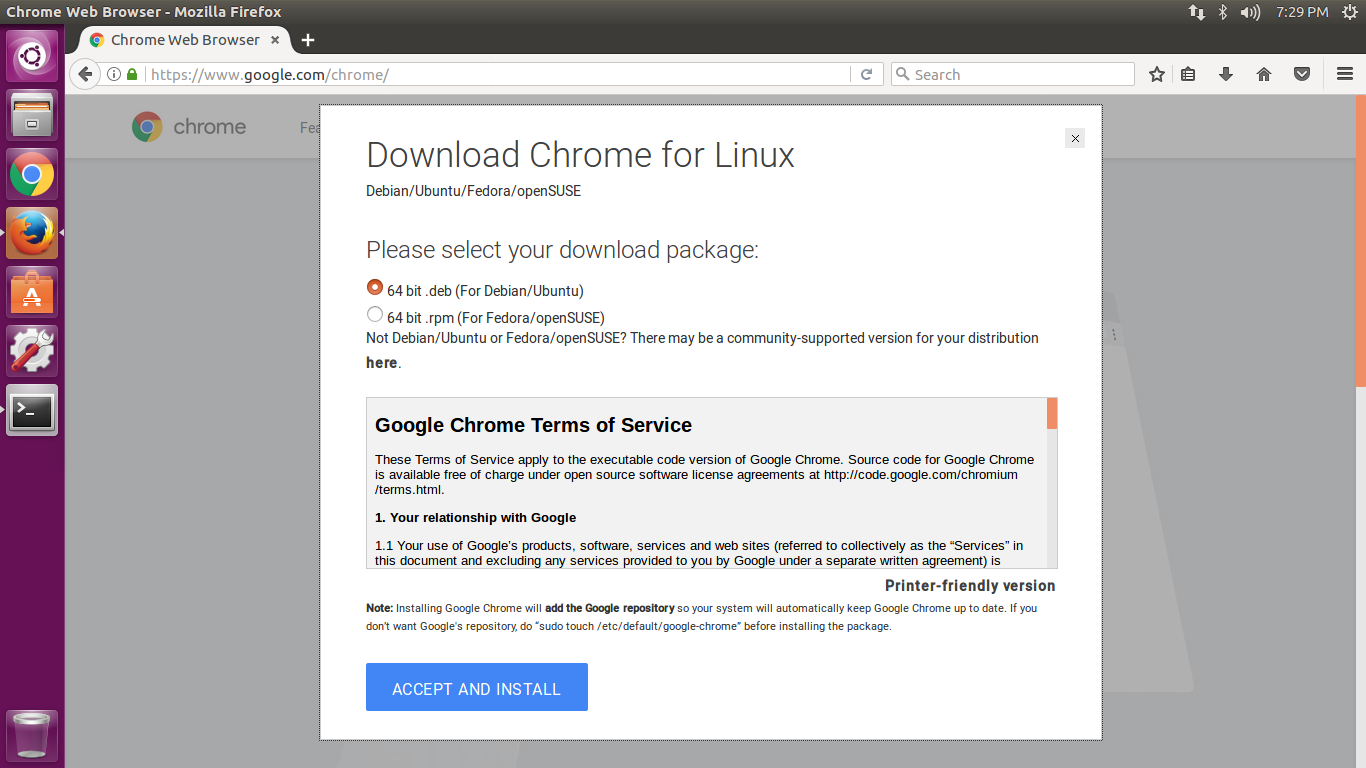
Installing the stable browser version is recommended for most users, but for users that prefer a preview mode, the beta browser would suit your requirements better. sudo apt install google-chrome-stable -y Install Google Chrome Beta or Unstable (Dev)Īlternatively, you can install alternative beta or unstable Google Chrome versions. Next, install the Google Chrome stable edition, the recommended option for most users.

Now update the repository list using the apt update command, which is required as you need to update your APT sources lists so you can install Google Chrome directly from Google’s APT repository. Once the GPG import is complete, you will need to import the Google Chrome repository now as follows: echo deb stable main | sudo tee /etc/apt//google-chrome.list Install Google Chrome – Stable Import the GPG key, use the following command: curl -fSsL | gpg -dearmor | sudo tee /usr/share/keyrings/google-chrome.gpg > /dev/null Import Google Chrome Repository

The first step in installing Google Chrome is to import the GPG key for the digital signature without this, your installation will not be complete successfully. Run the command regardless if unsure, as many other installations require these on your system. These are pretty generic dependencies that may be already installed. sudo apt install curl software-properties-common apt-transport-https ca-certificates gnupg2 -y Most of these packages should be installed as they are reasonably standard packages that are highly used on most Linux distributions. Google Chrome Browser is a straightforward install, but you may need the following packages to complete the installation. sudo apt upgrade Install Google Chrome Stable Install System Packages Proceed to upgrade any outdated packages using the following command.


Optionally, you can list the updates for users who require review or are curious.


 0 kommentar(er)
0 kommentar(er)
